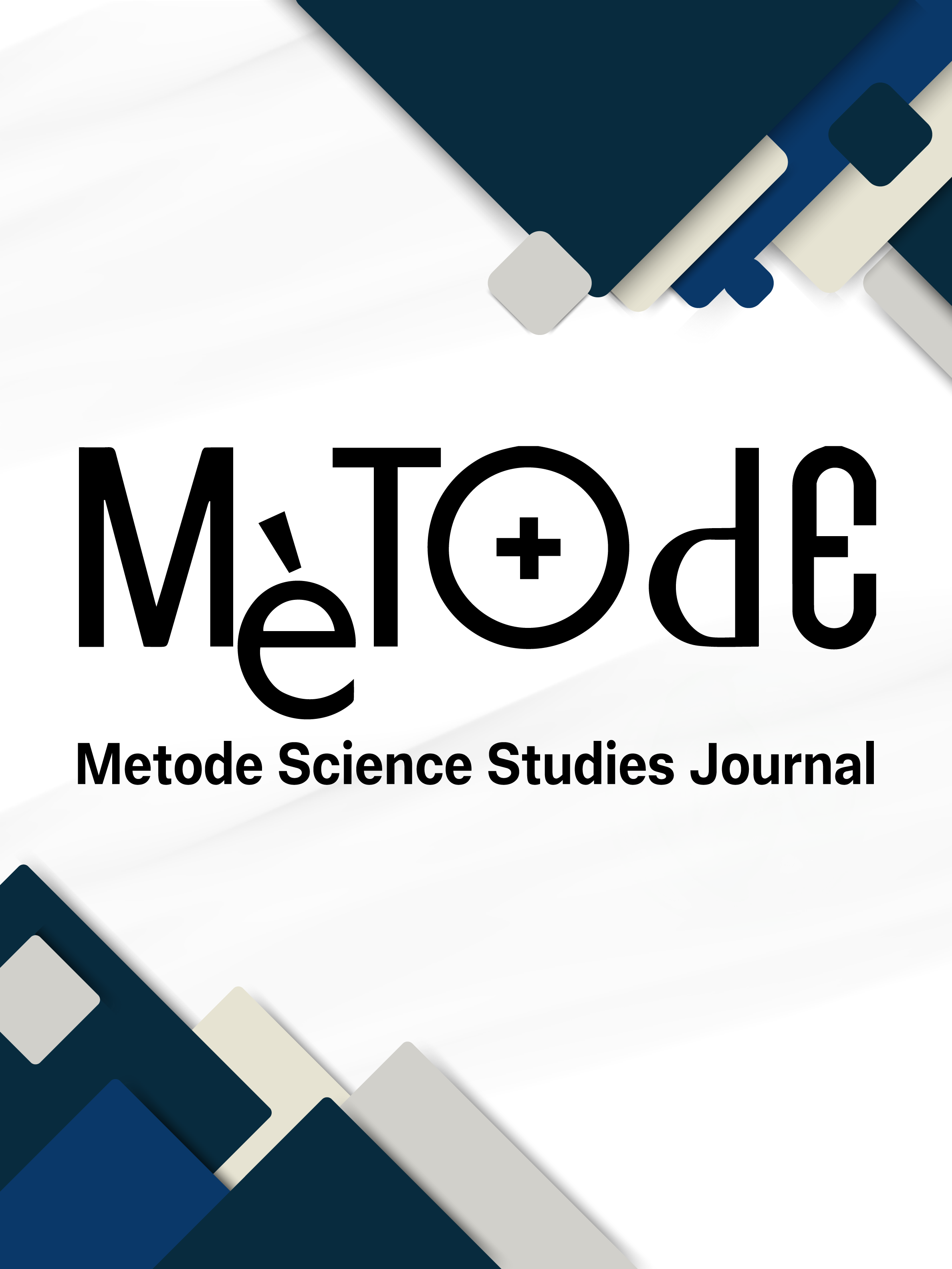Compostos químics, salut humana i ambiental: Necessitat d’un panel internacional sobre contaminació química
DOI:
https://doi.org/10.7203/metode.15.27513Paraules clau:
ciència i política, DDT, preservació de les zones humides, governança de compostos químics, organismes de gestió internacionals Resum
Resum
Un element clau de la millora de les condicions de vida humana resultant de la revolució industrial fou la síntesi de compostos químics nous, com ara el DDT. Aquests produïren efectes positius en les persones i, indirectament, en alguns ecosistemes, per exemple en les zones humides. Malgrat això, molts d’aquests compostos també generaren efectes nocius tant en els humans com en la fauna, que es descobriren dècades després d’utilitzar-los. Un grup de científics internacional ha proposat la creació d’un organisme equivalent al Grup Intergovernamental sobre el Canvi Climàtic per estudiar preventivament els compostos que es vagin produint i proporcionar als gestors socials i polítics la informació necessària que permeti evitar aquests problemes. L’Assemblea de les Nacions Unides per al Medi Ambient ha decidit tirar endavant aquest organisme.
 Descàrregues
Descàrregues
 Referències
Referències
Arellano, L., Fernández, P., Fonts, R., Rose, N. L., Nickus, U., Thies, H., Stuchlík, E., Camarero, L., Catalan, J., & Grimalt, J. O. (2015). Increasing and decreasing trends of the atmospheric deposition of organochlorine compounds in European remote areas during the last decade. Atmospheric Chemistry and Physics, 15, 6069–6085. https://doi.org/10.5194/acp-15-6069-2015
Beard, J. (2006). DDT and human health. Science of the Total Environment, 355, 78–89. https://doi.org/10.1016/j.scitotenv.2005.02.022
Bravo, N., Grimalt, J. O., Chashchin, M., Chashchin, V. P., & Odland, J.-Ø. (2019). Drivers of maternal accumulation of organohalogen pollutants in Arctic areas (Chukotka, Russia) and 4,4’-DDT effects on the newborns. Environment International, 124, 541–552. https://doi.org/10.1016/j.envint.2019.01.049
Grimalt, J. O., Fernandez, P., Berdié, L., Vilanova, R. M., Catalan, J., Psenner, R., Hofer, R., Appleby, P. G., Rosseland, B. O., Lien, L., Massabuau, J. C., & Battarbee, R. W. (2001). Selective trapping of organochlorine compounds in mountain lakes of temperate areas. Environmental Science and Technology, 35, 2690–2697. https://doi.org/10.1021/es000278r
Hellou, J., Lebeuf, M., & Rudi, M. (2012) Review on DDT and metabolites in birds and mammals of aquatic ecosystems. Environmental Reviews, 21, 53–69. https://doi.org/10.1139/er-2012-0054
Karlsson, M. (2019). Chemicals denial—A challenge to science and policy. Sustainability, 11(17), 4785. https://doi.org/10.3390/su11174785
Lawrence, F. (2020). Truth decay: When uncertainty is weaponized. Nature, 578, 28–29. https://www.nature.com/articles/d41586-020-00273-4
Llanos, E. J., Leal, W., Luu, D.H., & Estrepo, G. (2019) Exploration of the chemical space and its three historical regimes. PNAS, 116, 12660–12665. https://doi.org/10.1073/pnas.1816039116
Longnecker, M. P., Klebanoff, M. A., Zhou, H., & Brock, J. W. (2001). Association between maternal serum concentration of the DDT metabolite DDE and preterm and small-for-gestational-age babies at birth. The Lancet, 358, 110–114. http://doi.org/10.1016/S0140-6736(01)05329-6
Longnecker, M.P., Rogan, W. J., & Lucier G. (1997). The human health effects of DDT (dichlorodiphenyltrichloroethane) and PCBs (polychlorinated biphenyls) and an overview of organochlorines in public health. Annual Review of Public Health, 18, 211-244. https://doi.org/10.1146/annurev.publhealth.18.1.211
Scheringer, M., Fiedler, H., Suzuki, N., Holoubek, I., Zetzsch, C., & Bergman, A. (2006). Initiative for an international panel on chemical pollution (IPCP). Environmental Science Pollution Research, 13, 432–434. https://doi.org/10.1065/espr2006.09.347
United Nations Environment Programme. (2019). Global chemicals outlook II - From legacies to innovative solutions: Implementing the 2030 agenda for sustainable development, and its summary for policymakers. https://www.unenvironment.org/resources/report/global-chemicals-outlook-ii-legacies-innovative-solutions
Vizcaino, E., Grimalt, J. O., Carrizo, D., Lopez-Espinosa, M. J., Llop, S., Rebagliato, M., Ballester, F., Torrent, M., & Sunyer, J. (2011) Assessment of prenatal exposure to persistent organohalogen compounds from cord blood serum analysis in two Mediterranean populations (Valencia and Menorca). Journal of Environmental Monitoring, 13, 422–432. https://doi.org/10.1039/c0em00483a
Wang, Z., Altenburger, R., Backhaus, T., Covaci, A., Diamond, M. L., Grimalt, J. O., Lohmann, R., Schäffer, A., Scheringer, M., Selin, H., Soehl, A., & Suzuki, N. (2021). We need a global science-policy body on chemicals and waste. Science, 371, 774–776. https://www.science.org/doi/10.1126/science.abe9090
Wania, F. & Mackay, D. (1993). Global fractionation and cold condensation of low volatility organochlorine compounds in polar regions. Ambio, 22, 10–18.
Publicades
Com citar
-
Resum246
Número
Secció
Llicència
![]()
Tots els documents inclosos en OJS són d'accés lliure i propietat dels seus autors.
Els autors que publiquen en aquesta revista estan d'acord amb els següents termes:
- Els autors conserven els drets d'autor i garanteixen a la revista el dret a la primera publicació del treball, llicenciat baix una llicència de Reconeixement-NoComercial-SenseObraDerivada 4.0 Internacional de Creative Commons, que permet a altres compartir el treball amb un reconeixement de l'autoria del treball i citant la publicació inicial en aquesta revista.
- Es permet i s'anima els autors a difondre la versió definitiva dels seus treballs electrònicament a través de pàgines personals i institucionals (repositoris institucionals, pàgines web personals o perfils a xarxes professionals o acadèmiques) una vegada publicat el treball.





